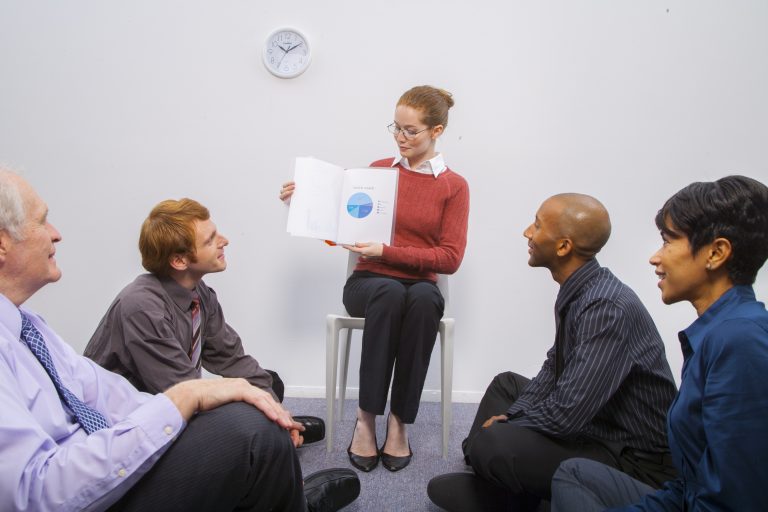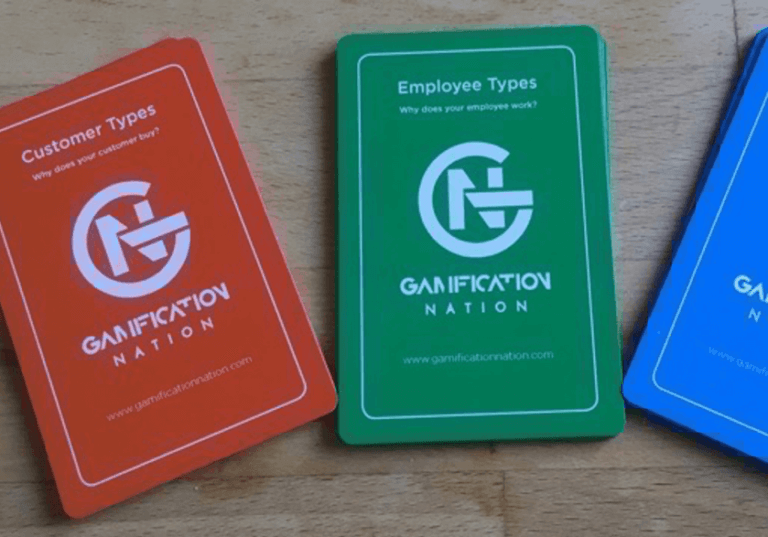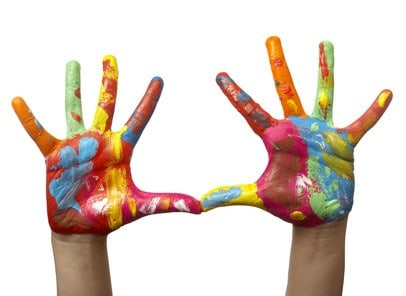Tourism industry an early adopter?
Having attended the technology enabling travel seminars at the World Travel Market in London organised by IFITT (International Federation for IT and Travel and Tourism) also known as the eTourism community, I saw a few examples of games and gamification which statistically had impressive numbers. Judging from the questions asked in the room, more organisations would be willing to explore the potential of games and gamification to drive traffic and/or innovative tourist experiences.
Whilst working in the area of gamification, most of the time only the IT and innovation people know and understand somewhat what is meant with this term, yet the tourist industry examples given impressed me by how they actually went further than game or gamification design but clearly saw the creation of a an experience as valuable. In my view this is the part that most non-customer focused industries forget especially when the majority of them work at the back end of the business.
Visit Norway wanted to drive more traffic to their website and which had links to sponsors and advertisers. Outdoors sports especially winter sports are high up on the agenda in Norway, so they decided to create a game about one of their main attractions namely the Holmenkollen Ski Jump Station. The game can be played online on Facebook and downloaded on devices. since it’s first launch in 2006 and then with the redesigned ski jump hill in 2009, they have attracted over 800million jumps. Each player gets two jump attempts, so effectively probably half of this amount were individual players and some would have played more than once, so the exact figure isn’t that easy to estimate. Because the behaviour driver was towards the website 6 million clicks can be attributed directly to the game and the video channel received over 215,00 views where sponsors links were clicked. The statistics above are based on my notes at the conference and the speech given by Hans Petter Aalmo.
What I like about this approach, is to look at a popular attraction, which most people will never attempt in their lifetime. Yet, by creating a game they can all experience some of it. It did achieve the objective of creating additional traffic to the site and continues to do so.
Roman Rackwitz introduced the theoretical explanation of gamification. What stood out for me most in his talk was the psychology of fun with 4 categories of fun: Hard, easy, social and serious. When I speak about gamification I usually end up explaining it as making business fun again, which is then followed with a more cognisant ‘AAah” instead of the frown from the word gami… what? It was always my belief that fun is a very personal experience, so it was also good to hear that fun is still based on culture, education and other environmental factors. Roman called the common denominator neuroscience and as a master in neuro-linguistics I have been following concepts such as neuro-marketing, neuro-economics and neuro-leadership for some time. Personally I think the science behind all things ‘neuro’ is finding out more and more about our brain and nervous system, which shows that however much we would like to be rational, most of us react towards or away from fear or fun.
Roman also made the point that every good game has a problem or challenge to overcome and are participated in on a voluntary basis. So when looking at gamification for business it is good to remember this. He added games give instant feedback and have a tension between challenge and ability when created well will result in flow. In business feedback is often lacking and I frequently found that I either had overwhelm or boredom going on depending on the job, it was unusual to experience flow although it did occur.
Bruce Martin from Ginger Juice gave an e-learning example from the tourist industry, where after gamification the uptake in course participation went up by 65% which is obviously a great increase. How that was achieved I didn’t capture, nor the game mechanics used.
Paul Bulencea, a Phd student, applied gamification to a Stiegl beer museum. He combined theories of user design and gamification and came up with a booklet to guide visitors through the museum. He found that the more challenges visitors took part in, the better the experience.
Mads Haahr explained the augmented reality experience they created for visiting Trinity College in Dublin based on Bram Stokers Life (which is also the name of the game). It combines aspects of geo-location (like what you have on google maps for finding your location) and super-imposing augmented reality ghosts such as the brides of Dracula, which was Bram Stokers creation. Again at various points in the tour, you would have challenges to overcome from pictures with ghosts to battling vampires as far as I understood. The fun part is that some of the augmented reality aspects still work outside of Trinity college and players have spontaneously started to picture ghosts in different places.
For me the seminars were inspiring and it was also great to see some of the data and applications of games and gamification for tourism.






